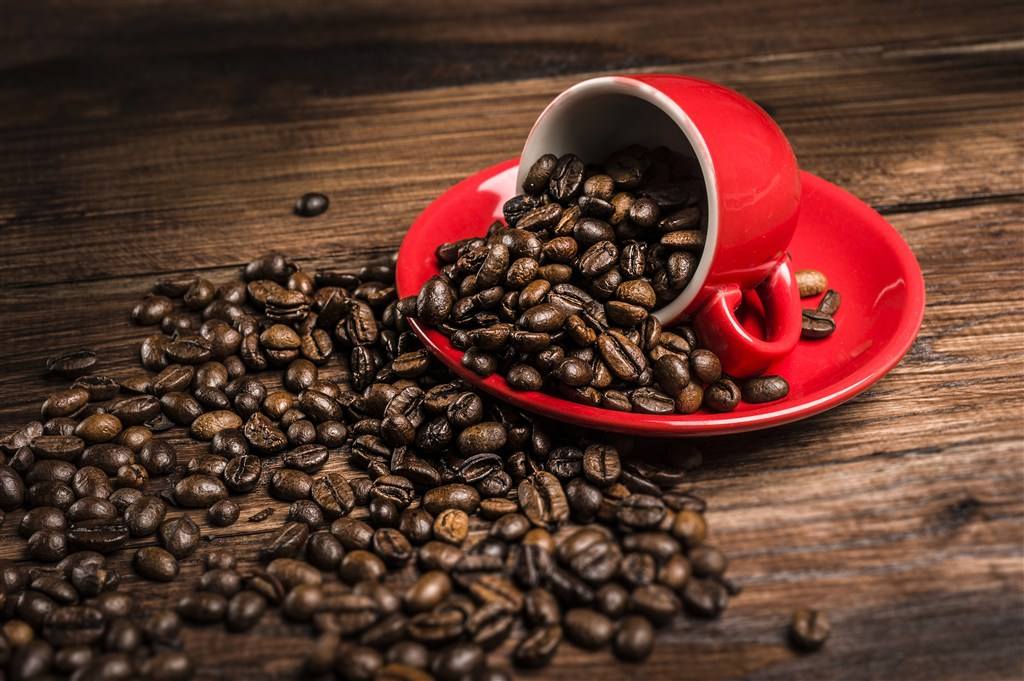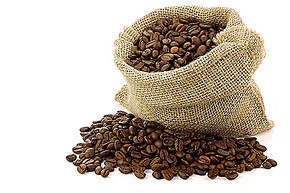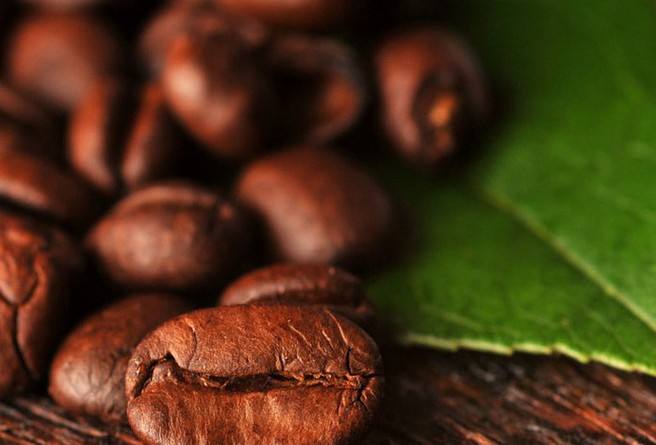About the history of Guatemalan coffee, 8 flavors of Guatemalan coffee beans
History of Guatemala Coffee:
A cup of Antigua coffee in Guatemala seems to let us see the mysterious Mayans who suddenly disappeared in ancient land, history brushed away their existence, history made them forever.
If the wrinkles of a person describe the road a person has traveled, the aroma of coffee remembers the origin of a cup of coffee: about its native terroir, harvest year, roasting and grinding method, that is, the journey of coffee life. Guatemala's fertile volcanic soil breeds a unique flavor of fine coffee beans: Antigua coffee. Antigua's charm lies in its balanced and refreshing fruit acid, rich spice flavor, unique smoky flavor, as if to tell us about the desolate history of Antigua in Guatemala.
The aroma of coffee liberates all forms, hearts and borders. Through coffee, the mood leaves the country at any time and lands in a strange country half a world away. Even if separated from the world, but also can share a mood. Antigua was the Spanish colonial capital in 1543. Although this emerald valley has been surrounded by active volcanoes on all sides, layers, deliberately rising and dangerous since ancient times, its vastness, breadth and fertility still lured the Spanish to establish their capital in the precarious cliff valley.
Volcanoes once destroyed this originally prosperous capital in an instant, and all the prosperity and beauty were taken away overnight. After this transformation of the mountain city, more than 200 years of brilliance disappeared, Antigua no longer strutted. Antigua, now plain, is laboriously managed by the remaining Indians. These hard-working Indians became coffee producers, who not only discovered the rich and attractive aroma of Antigua coffee, but also brought it to people all over the world. Today Antigua Coffee enjoys a reputation for being the best quality coffee in the world and is considered by coffee connoisseurs to be the finest and most distinctive coffee in the world.
Here are eight flavors of Guatemala coffee beans:
1. Acatenango Valley ®:
The Acatenango Valley rises to 2000 meters (6500 feet) above sea level, is densely shaded and ecologically unique, and the nearby Fuego volcano erupts constantly, making its coarse, sandy soil rich in various minerals. Temperate sea breezes from the Pacific Ocean and seasonal climates allow this region's coffee to be sun-dried and processed by home-style traditional methods accumulated over the years.
AcatenangoValley® cup profile:
Acidity is obvious, dry and wet fragrance is obvious, pleasant, mellow, clear and long aftertaste.
Body: Body: Aftertaste: Overall: Overall (impression)
2. Antigua Coffee ®:
Rich volcanic soil, low humidity, plenty of sunshine and cool nights are the climate characteristics of Antigua's coffee-producing areas. The valley is surrounded by three volcanoes: Agua, Fuego and Acatenango. Tierra del Fuego is one of the three most active volcanoes in Guatemala, and its frequent eruptions bring ash that makes the soil of Antigua rich in minerals. Volcanic pumice in the soil maintains moisture and helps overcome Antigua's low rainfall. In addition, the region's dense shade protects coffee plants from occasional frosts.

Antigua Coffee ® cup profile
Rich wet fragrance, good balance, high sweetness, elegant taste.
3. Traditional Atitlán ®
Atitlan is one of the five largest volcanic coffee producing areas in Guatemala, and its soil organic matter is the richest of the five volcanic coffee producing areas. 90% of the traditional Atitlan coffee is grown on the intensely fire-burning slopes of Lake Atitlan, where the daily breeze stirs the lake, an important factor influencing the microclimate of the region. This area has accumulated excellent planting and processing technology for a long time.
Traditional Atitlán ® cup profile:
Fresh aroma, bright acidity, full body.
4. Rainforest Cobán ®
Cobain is cloudy, rainy and cool all year round. The vast majority of rainforest Cobain coffee is grown in the region's distinctly undulating, foggy mountains, heavily influenced by limestone and clay from the Atlantic Basin. Cobain has two seasons: rainy and rainy.
Rainforest Cobán ®cupprofile
Clear fresh fruit flavor, balanced body, pleasant aroma.
5. FraijanesPlateau®:
The area is volcanic soil, high altitude, abundant rainfall, humidity changes greatly. Ash from Pacaya, Guatemala's most active volcano, provides important minerals for the region's soils. The dry season sunshine is abundant, although the morning fog, dew is big, but dissipates quickly. As a result, 100 per cent of the coffee in the region is sun processed.
FraijanesPlateau® cup profile
Acidity is bright, consistent, aroma sufficient, mellow and delicate.
6. Highland Huehue ®:
Of Guatemala's three major non-volcanic coffee producing areas, the Picotenango Uplands have the driest climate and the highest elevation. Dry, hot winds from Mexico's Tehuantepec plateau protect coffee from frost and coffee can be grown up to 2000 meters (6500 feet). Because of its remoteness, all coffee farmers have to process their own coffee, but fortunately there are so many streams in the area that small processing plants can be set up almost anywhere.
Highland Huehue ® cup profile:
High acidity, pleasant, high body, with a wine finish.
7. New Oriente ®:
Coffee in this area has been grown exclusively by small farmers since the 1950s, and today every farmer in the mountains is a coffee-producing unit. This region, once the most remote and poorest in Guatemala, is now showing signs of life. Rainy, cloudy, New Oriental ancient era is a volcanic area, soil volcanic metamorphic evolution, rich in minerals, nutrition balance, different from other volcanic coffee producing areas.
New Oriente ® cup profile:
The palate is well-balanced, full-bodied, with chocolate notes.
8. Volcanic San Marcos ®:
San Marco has the hottest climate of Guatemala's eight coffee-producing regions, with rainfall of up to 200 inches (5, 000mm). The rainy season is earlier than in other areas, and coffee trees bloom earlier. As in other remote areas of Guatemala, volcanic San Marco coffee is grown and processed by small farmers. Due to frequent rains during the rainy season, most coffees are pre-dried in the sun and then dried in Guardiola dryers.
Important Notice :
前街咖啡 FrontStreet Coffee has moved to new addredd:
FrontStreet Coffee Address: 315,Donghua East Road,GuangZhou
Tel:020 38364473
- Prev

Description of the flavor of the geographical location of coffee beans in the upland of micro-Tenanguo in Guatemala
Following Cafe (Wechat official account vdailycom) found that Guatemala Antigua Coffee beans not only have a smooth surface, high hardness and good quality, but also have a full-bodied and sour and sweet perfect match, coupled with a trace of smoke, which emphasizes its profundity and mystery. Guatemala is located in the center of North and South America, and its geographical location is important in Central America.
- Next

Guatemala fine coffee bean type bean single Ethiopia West Dharma production area processing method taste flavor
Pay close attention to the coffee comment (Weixin Official Accounts vdailycom ) and find that the beautiful coffee shop opens its own shop and a cup of Antigua coffee from Guatemala. It seems that we can see the mysterious Mayans who suddenly disappeared reproduce on the ancient land. History has brushed away their existence and history has made them forever. If a person's wrinkles describe the path a person has traveled, then coffee's
Related
- Detailed explanation of Jadeite planting Land in Panamanian Jadeite Manor introduction to the grading system of Jadeite competitive bidding, Red bid, Green bid and Rose Summer
- Story of Coffee planting in Brenka region of Costa Rica Stonehenge Manor anaerobic heavy honey treatment of flavor mouth
- What's on the barrel of Blue Mountain Coffee beans?
- Can American coffee also pull flowers? How to use hot American style to pull out a good-looking pattern?
- Can you make a cold extract with coffee beans? What is the right proportion for cold-extracted coffee formula?
- Indonesian PWN Gold Mandrine Coffee Origin Features Flavor How to Chong? Mandolin coffee is American.
- A brief introduction to the flavor characteristics of Brazilian yellow bourbon coffee beans
- What is the effect of different water quality on the flavor of cold-extracted coffee? What kind of water is best for brewing coffee?
- Why do you think of Rose Summer whenever you mention Panamanian coffee?
- Introduction to the characteristics of authentic blue mountain coffee bean producing areas? What is the CIB Coffee Authority in Jamaica?

